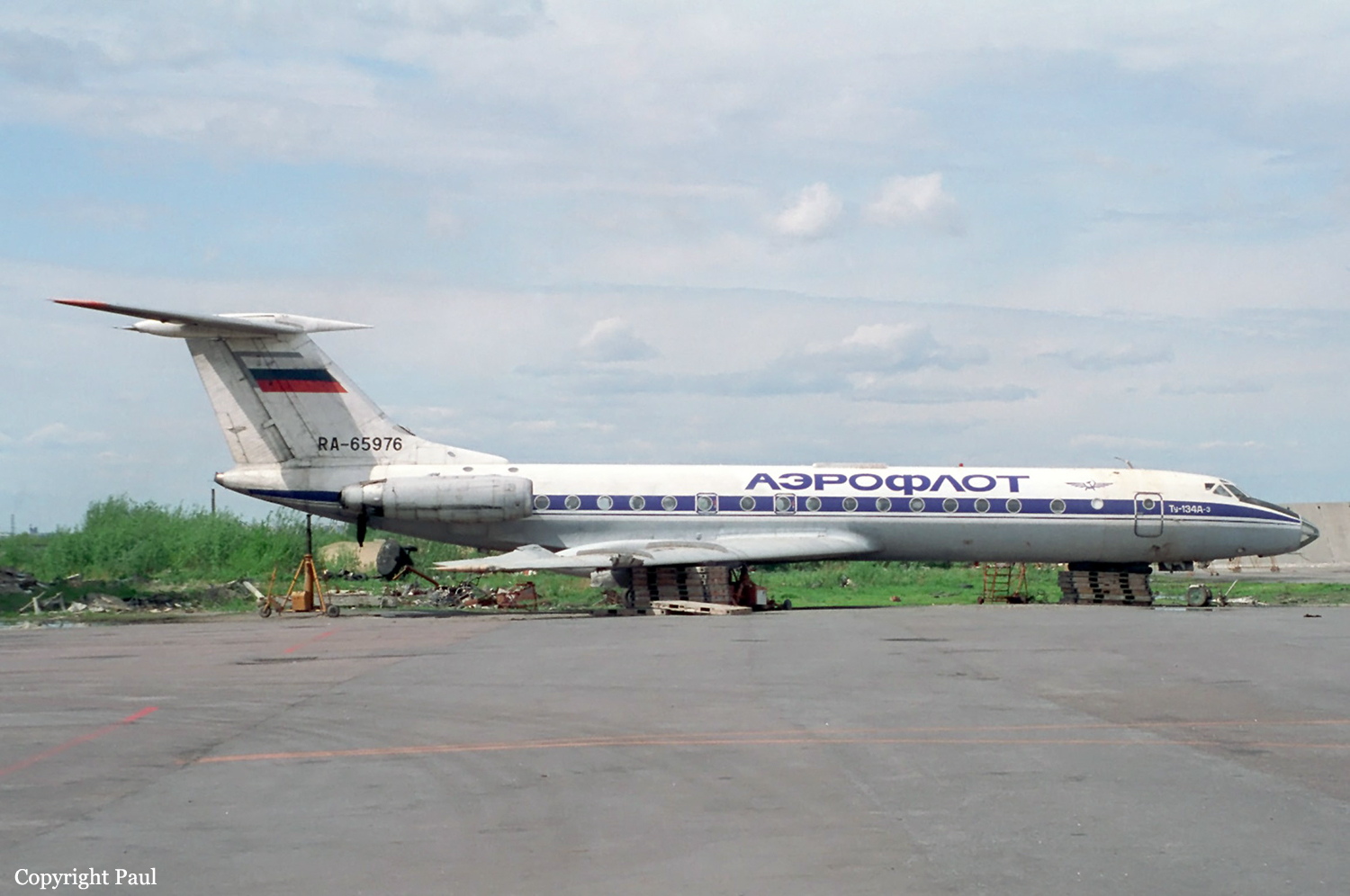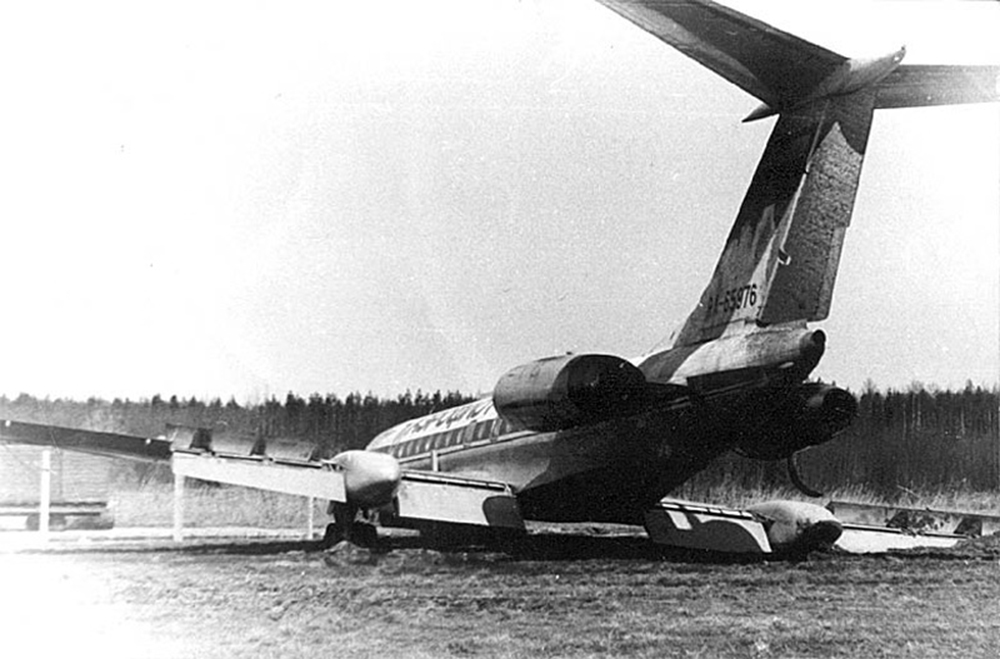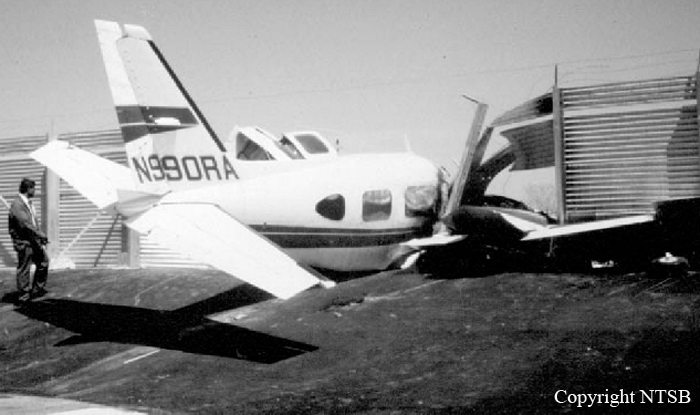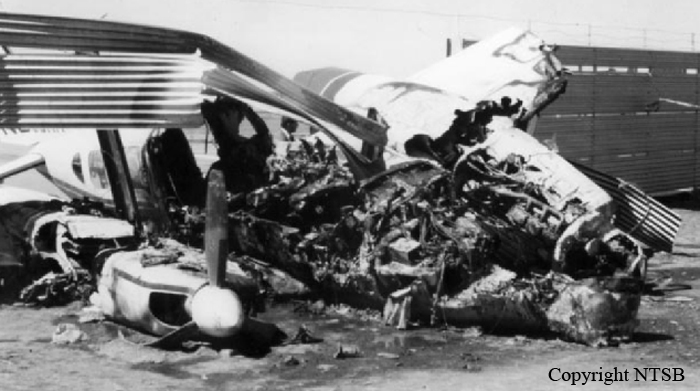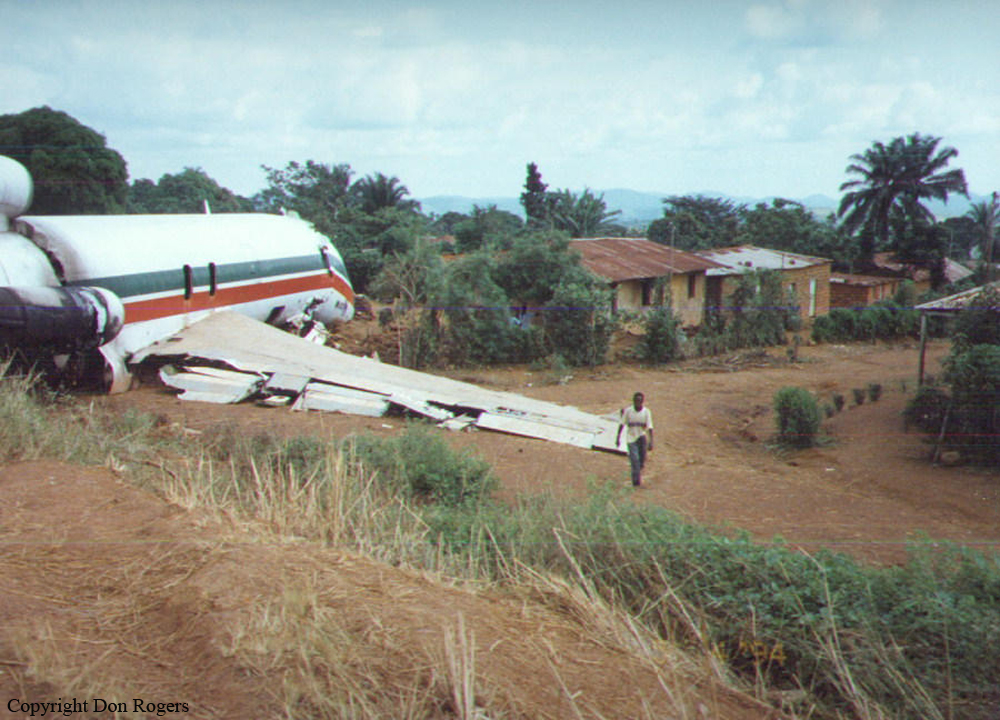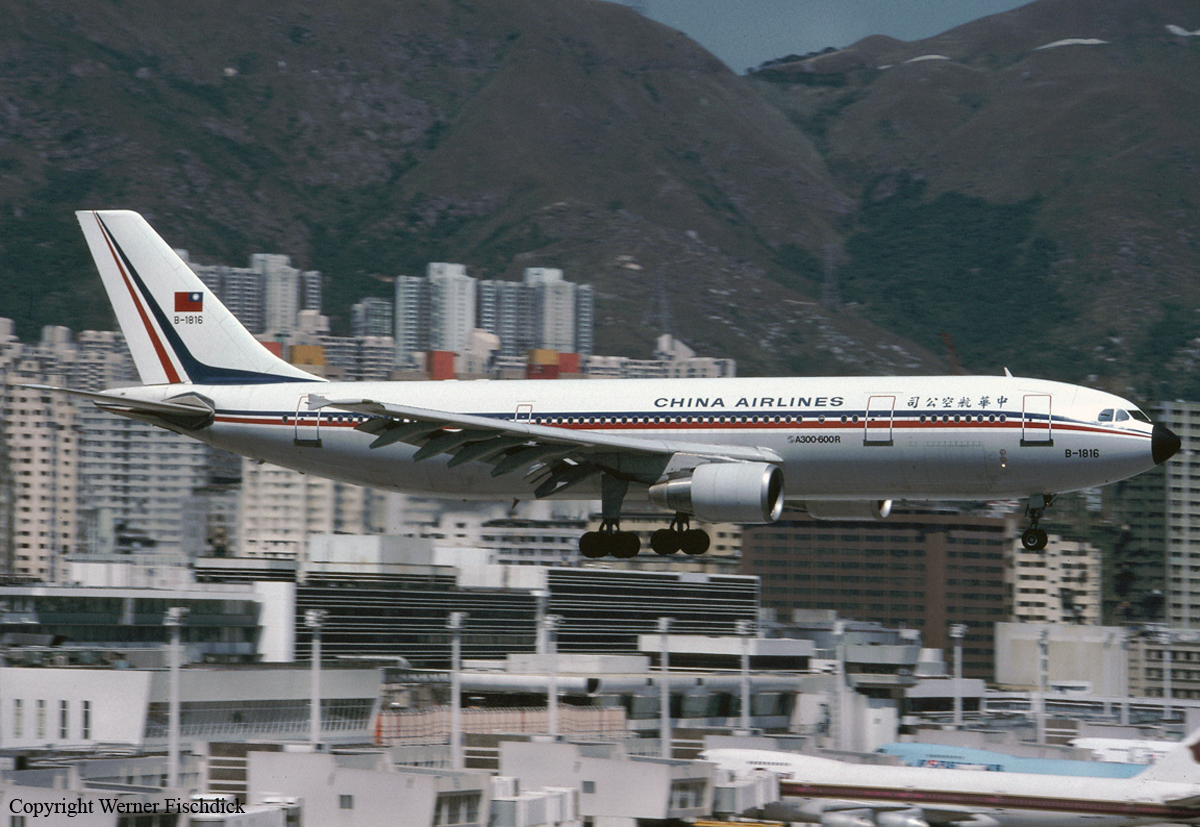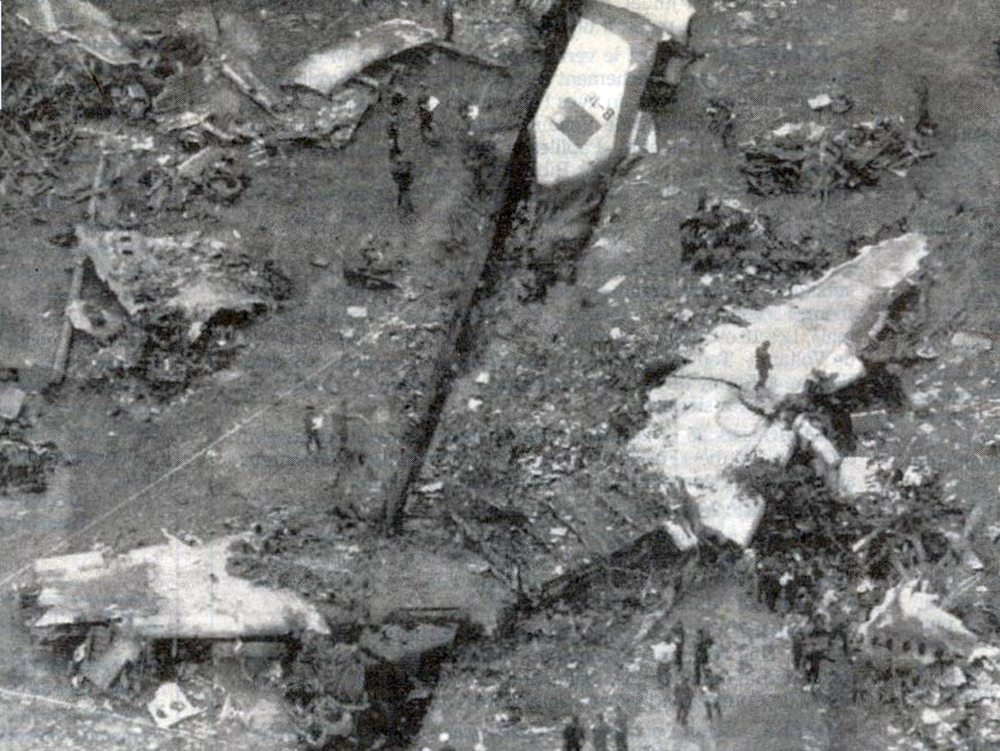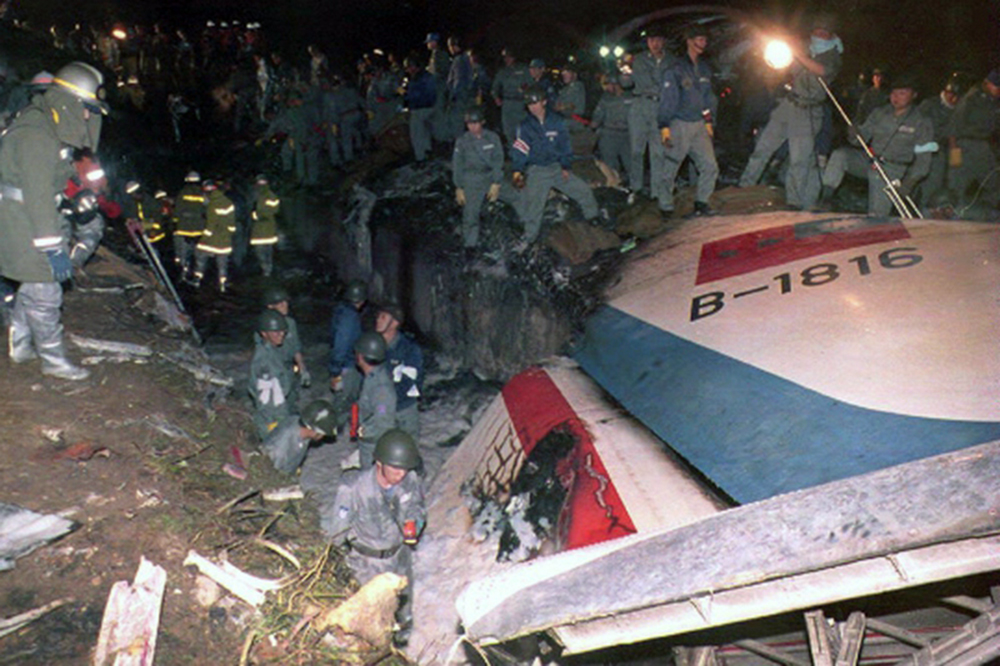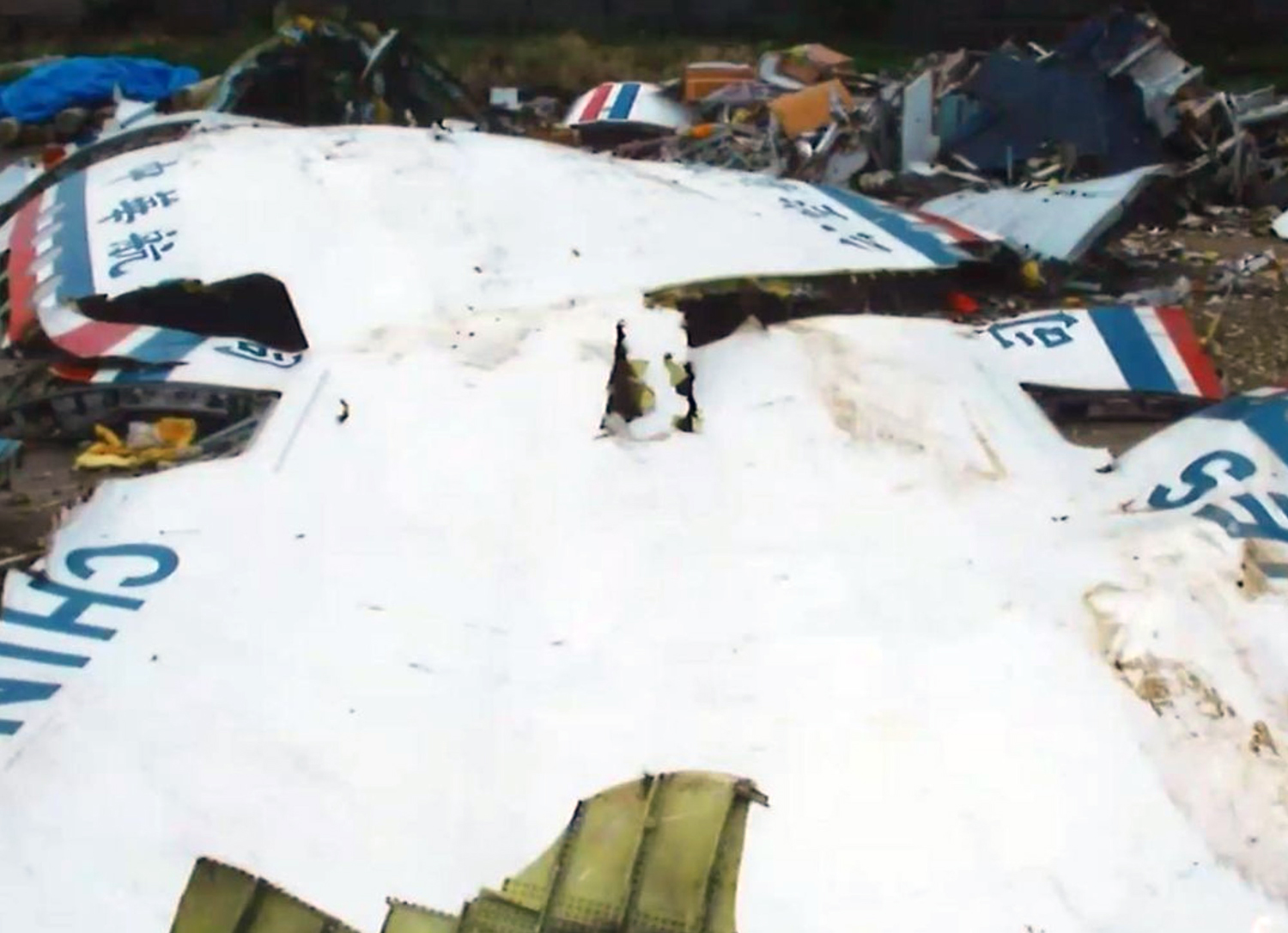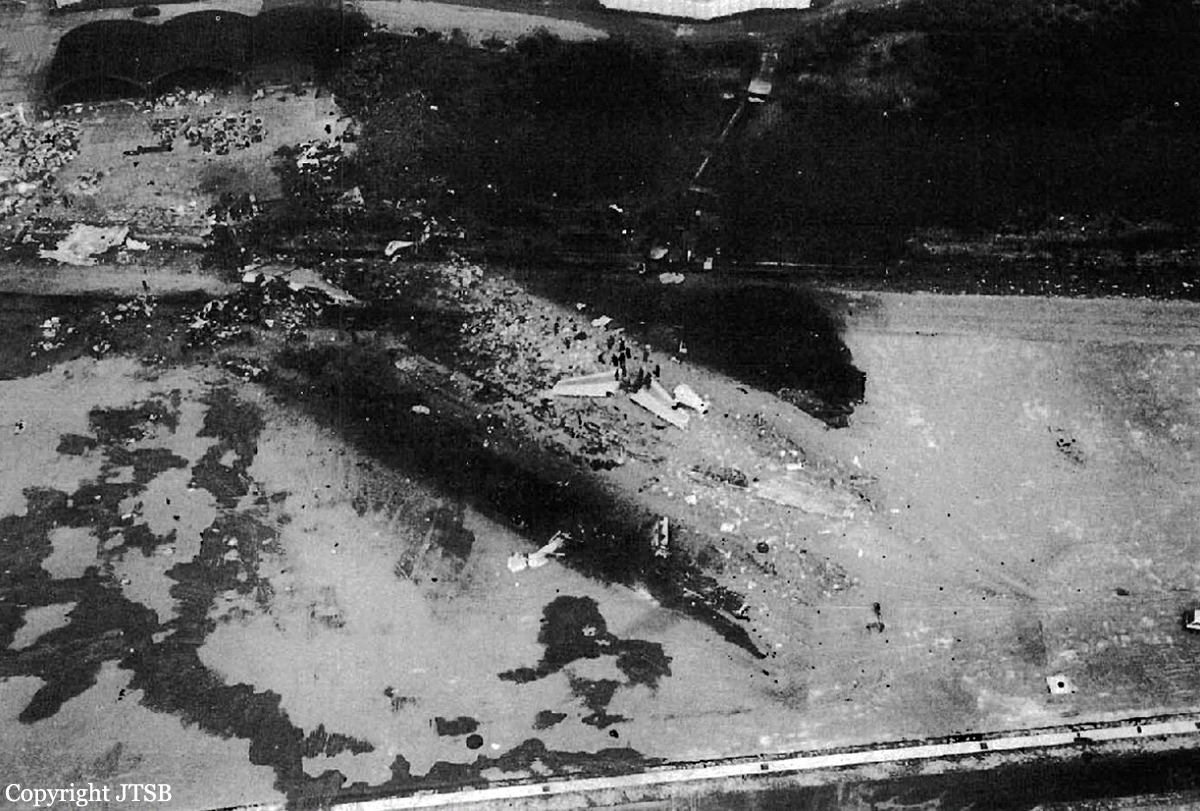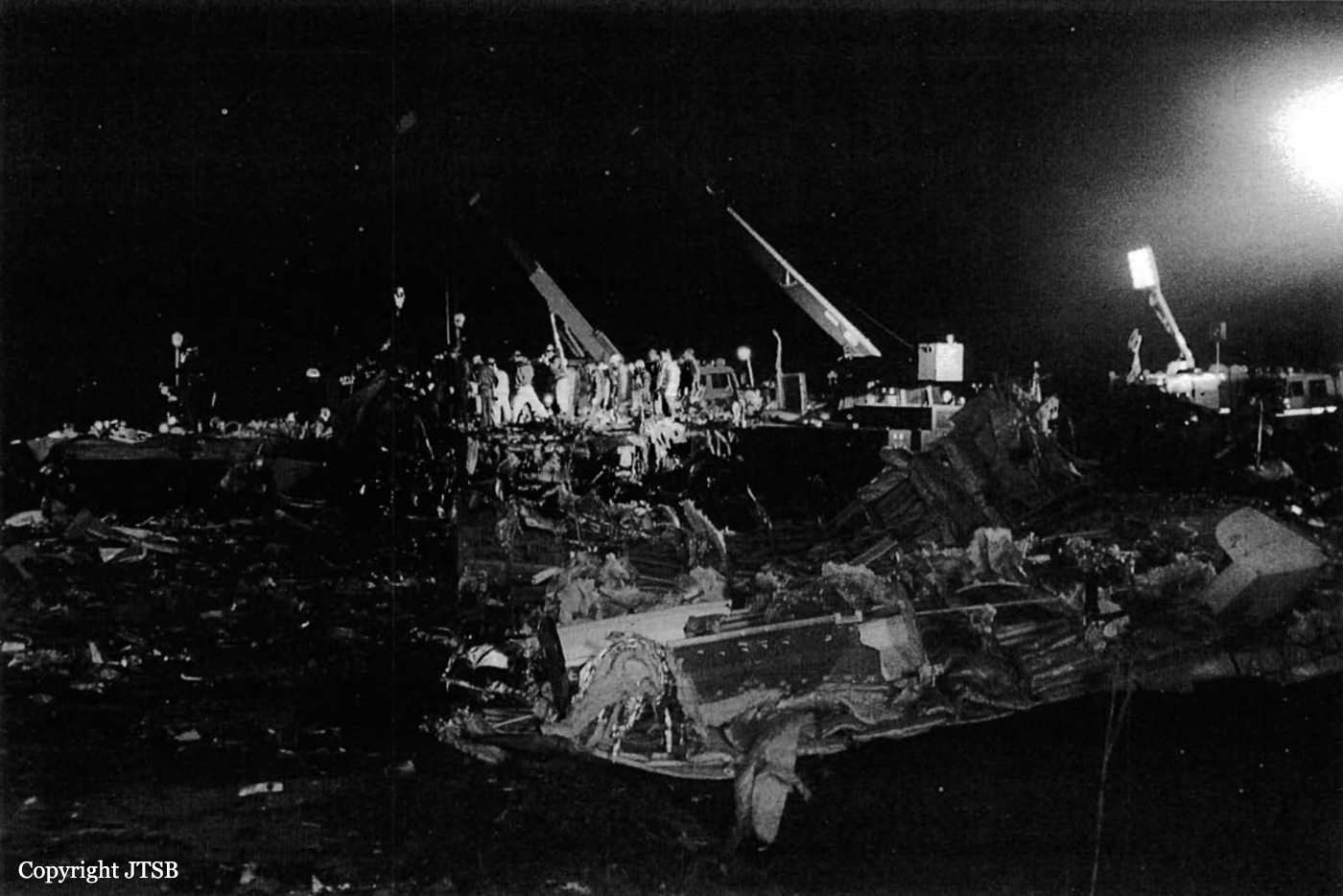Crash of an Embraer EMB-110EJ Bandeirante in São Gabriel da Cachoeira
Date & Time:
May 7, 1994 at 1248 LT
Registration:
PT-GJW
Survivors:
Yes
Schedule:
Santa Isabel do Rio Negro – São Gabriel da Cachoeira
MSN:
110-072
YOM:
1976
Crew on board:
2
Crew fatalities:
Pax on board:
14
Pax fatalities:
Other fatalities:
Total fatalities:
0
Captain / Total hours on type:
5180.00
Circumstances:
The crew encountered poor weather conditions on approach to São Gabriel da Cachoeira Airport with low visibility due to fog. On short final, the crew failed to realize his altitude was insufficient when the aircraft collided with trees and crashed few hundred metres short of runway. All 16 occupants were injured, three seriously. The aircraft was destroyed.
Probable cause:
Contributing factors
a. Human Factor
(1). Psychological Aspect
It contributed, since the pilot in command adopted an improvisational attitude through the adoption of unforeseen procedures in the face of the insistence on landing, despite the weather conditions present. A likely channeling of attention to external references may have contributed to the loss of operational performance, leading to the loss of the maintenance condition of the basic flight parameters.
(2). Physiological Aspect
Undetermined since the absence of interference from toxicological factors was not effectively verified.
b. Material Factor
Didn't contribute.
c. Operational Factor
(1). Deficient Instruction
It contributed since there was no periodic simulator training and also no cockpit resource management (CRM) training.
(2). Deficient Supervision
It contributed since there was no adequate monitoring of the circumstances of operation by the Company's operations sector and, also, there were no defined and clear rules and specific operating routines that adequately addressed the various aspects of the operation.
(3). Little Flight or Aircraft Experience
It contributed because of the small experience in the aircraft by the copilot.
(4). Influence of the Environment
It contributed since visibility was limited at the time of the accident.
(5). Deficient Cockpit Coordination
Contributed since there was no briefing to the accomplishment of the descent procedure by instruments, the copilot did not follow the execution of the procedures after the critical point since he concentrated his attention to the search of external references, thus abandoning the monitoring of the flight parameters.
(6). Disabled Infrastructure
Indetermined since the influence of the low accuracy of the NDB on the heading lags occurred in the descent procedure was not perfectly established and no effective test was performed.
(7). Poor Planning
It contributed because there was no briefing in the procedure of descent by instrument and approach lost.
(8). Deficient discipline of Flight
The pilot therefore continued the flight, without visibility, at an altitude below the minimum for this operating condition.
(9). Adverse Weather Conditions
It contributed as the prevailing weather conditions were marginal, with the aerodrome closed for IFR operation.
a. Human Factor
(1). Psychological Aspect
It contributed, since the pilot in command adopted an improvisational attitude through the adoption of unforeseen procedures in the face of the insistence on landing, despite the weather conditions present. A likely channeling of attention to external references may have contributed to the loss of operational performance, leading to the loss of the maintenance condition of the basic flight parameters.
(2). Physiological Aspect
Undetermined since the absence of interference from toxicological factors was not effectively verified.
b. Material Factor
Didn't contribute.
c. Operational Factor
(1). Deficient Instruction
It contributed since there was no periodic simulator training and also no cockpit resource management (CRM) training.
(2). Deficient Supervision
It contributed since there was no adequate monitoring of the circumstances of operation by the Company's operations sector and, also, there were no defined and clear rules and specific operating routines that adequately addressed the various aspects of the operation.
(3). Little Flight or Aircraft Experience
It contributed because of the small experience in the aircraft by the copilot.
(4). Influence of the Environment
It contributed since visibility was limited at the time of the accident.
(5). Deficient Cockpit Coordination
Contributed since there was no briefing to the accomplishment of the descent procedure by instruments, the copilot did not follow the execution of the procedures after the critical point since he concentrated his attention to the search of external references, thus abandoning the monitoring of the flight parameters.
(6). Disabled Infrastructure
Indetermined since the influence of the low accuracy of the NDB on the heading lags occurred in the descent procedure was not perfectly established and no effective test was performed.
(7). Poor Planning
It contributed because there was no briefing in the procedure of descent by instrument and approach lost.
(8). Deficient discipline of Flight
The pilot therefore continued the flight, without visibility, at an altitude below the minimum for this operating condition.
(9). Adverse Weather Conditions
It contributed as the prevailing weather conditions were marginal, with the aerodrome closed for IFR operation.
Final Report:



